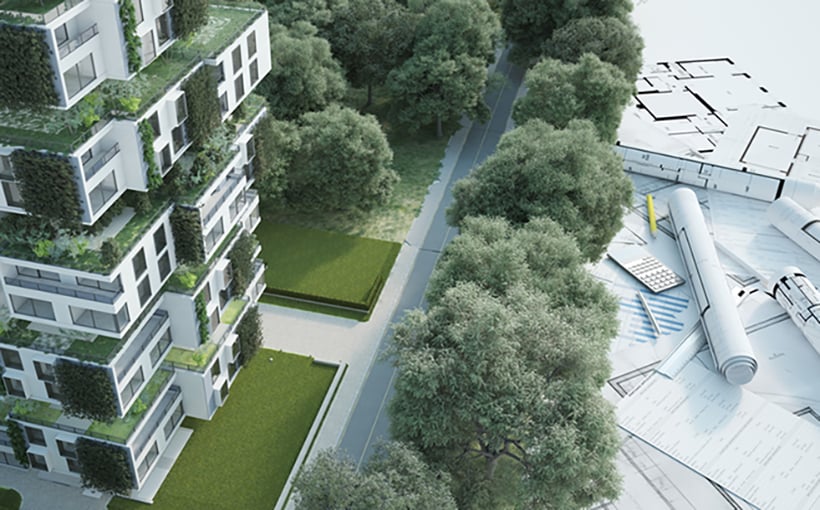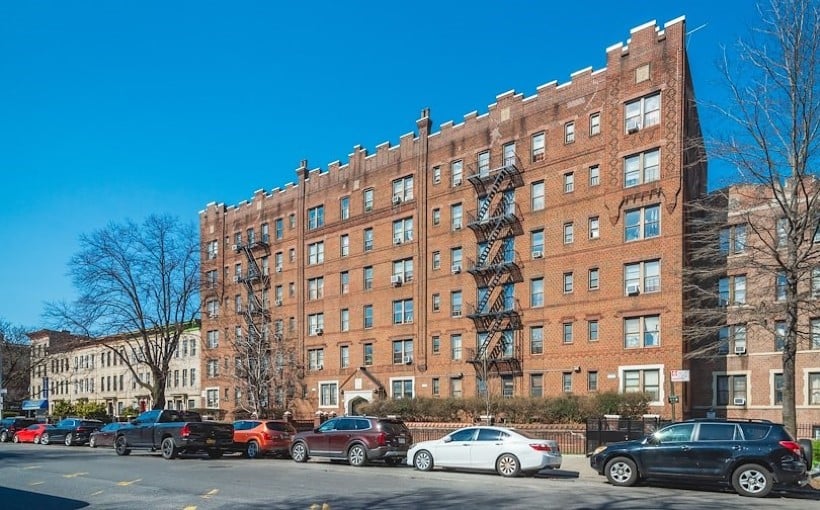Net zero carbon objectives are driving many changes in the commercial real estate industry, as well as cities. Urban Land recently noted that planners, designers and builders need to take a whole-city approach to sustainability when it comes to infrastructure and transit-oriented developments. Reducing energy consumption and relying on low-carbon materials can help move toward net-zero goals; however, there are five design elements that should be considered for sustainable structures.
First is site selection which should focus on transit supportive infill sites such as Detroit’s downtown area or Cleveland’s downtown area which have been transformed into economically vibrant communities with public transportation access. Construction method controls require using locally sourced sustainable building materials with rapid renewable resources for durability over generations of use. High performing building envelope designs create airtight thermal breaks while passive design inclusion creates indoor climate systems driven by natural phenomena instead of conventional energy sources whenever possible. Lastly clean energy high performance HVAC installations make positive contributions towards achieving net zero goals when used in combination with high performing envelopes .




